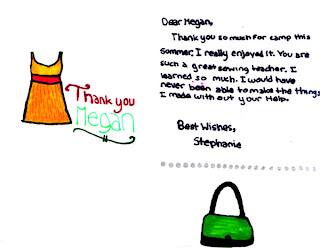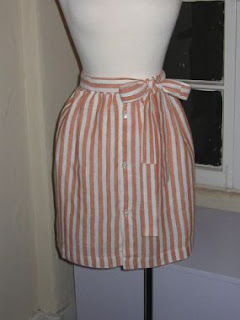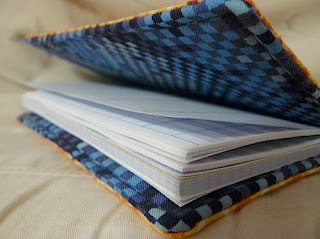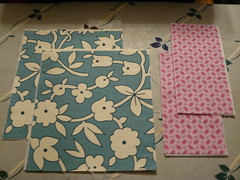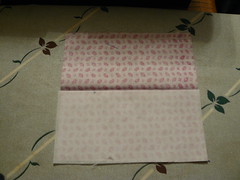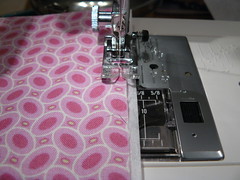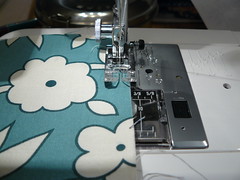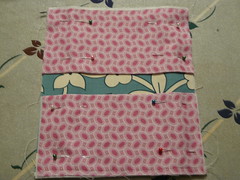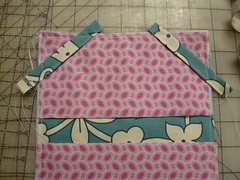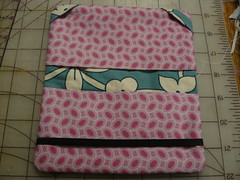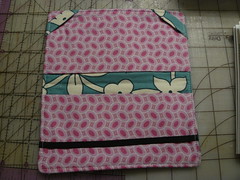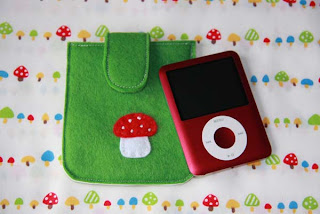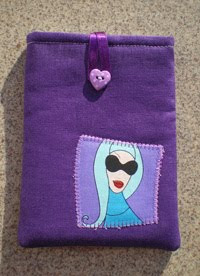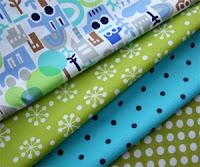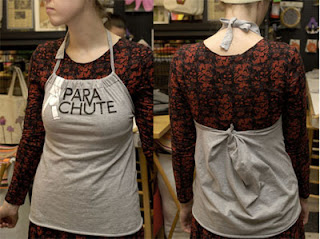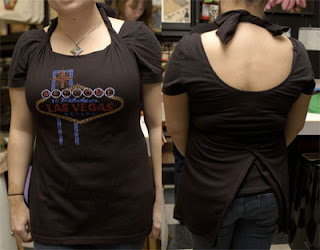So we have just created a great new class here all about “Green” sewing! In this four week class you get to create clothing and accessories made from things you already have in your closet. One of the best things about the class is that you don’t really need to buy any supplies! For example those old T-Shirts you have been keeping in the back of your closet for a while can be made into a cute T-Shirt shrug. The first Green Sewing four week class starts on April 7th.
So I was looking for some more fun “green” projects to share and saw these instructions for a skirt. Craftstylish shows you how to turn a mens dress shirt into a belted skirt. The instructions are pretty easy to follow and the finished skirt looks really cute.
*Project by Christine Haynes at CraftStylish
What you’ll need:
- One men’s dress shirt with a straight hem, wide enough to be gathered at your waist, long enough from the armpit to the hem for the skirt
- Ruler
- Scissors
- Sewing machine and thread
- Pins
- 1/2-inch elastic about 30 inches long
- Large safety pin
1. Lay your shirt down, folded in half lengthwise. Following a ruler, cut straight across the shirt, from under the armpit to the buttons. This bottom piece is your skirt.
2. Using other pieces from the shirt, cut two waistband pieces, about 5 inches tall by the width of your hips. Cutting from the rest of the shirt, cut pieces to combine together to make two belt straps. These pieces should be 5 inches tall by as wide as you can get.
3. Combine the belt pieces to form two strips that are roughly 24 inches long by 5 inches tall. Press the seams flat where they were connected. Fold one strip in half with right sides together and sew, forming a long tube. Stitch one end closed and repeat on the other strip. Turn the tubes right side out and press flat.
4. Lay out one waistband piece face up. Lay the two belt pieces on top of the waistband piece, on each of the two short ends, about an inch from the bottom. Lay the other waistband piece on top of the first one, matching sides. Pin the two short ends together, including the belt pieces. Stitch each side, capturing the belt in the side seam. Fold the waistband in half, wrong sides together, and press flat.
5. Baste the top of the skirt and gather to fit the width of the waistband. Pin the waistband to the skirt, right sides facing and with the belt pieces toward the front of the skirt, with the raw edge of the waistband lining up with the top raw edge of the skirt. Stitch together, being careful not to sew the belt pieces into the seam. Leave a 1-inch opening in the seam when connecting the waistband to the skirt.
6. Cut a piece of 1/2-inch elastic to a comfortable width for your waist, plus 1 inch for overlapping. Pin a large safety pin to the elastic and feed into the waistband casing. Once you’ve gone all the way around, pull the pin out the hole and overlap the two ends of elastic about 1/2 inch. Zigzag-stitch them together and release into the waistband. Stitch the hole closed in the skirt.
7. Press all your seams crisp, and slip on the skirt. Tie the belt pieces in front and go!


